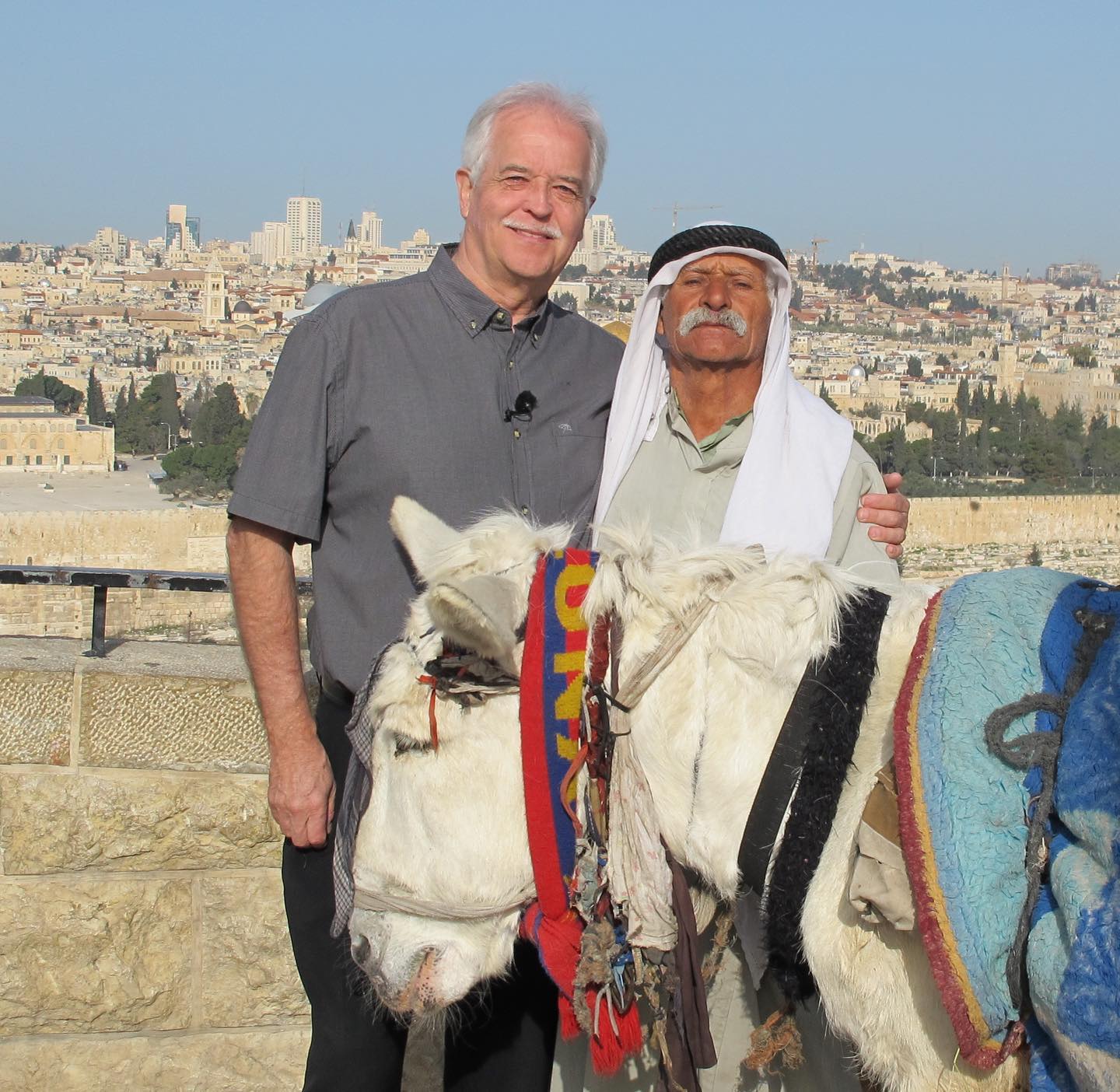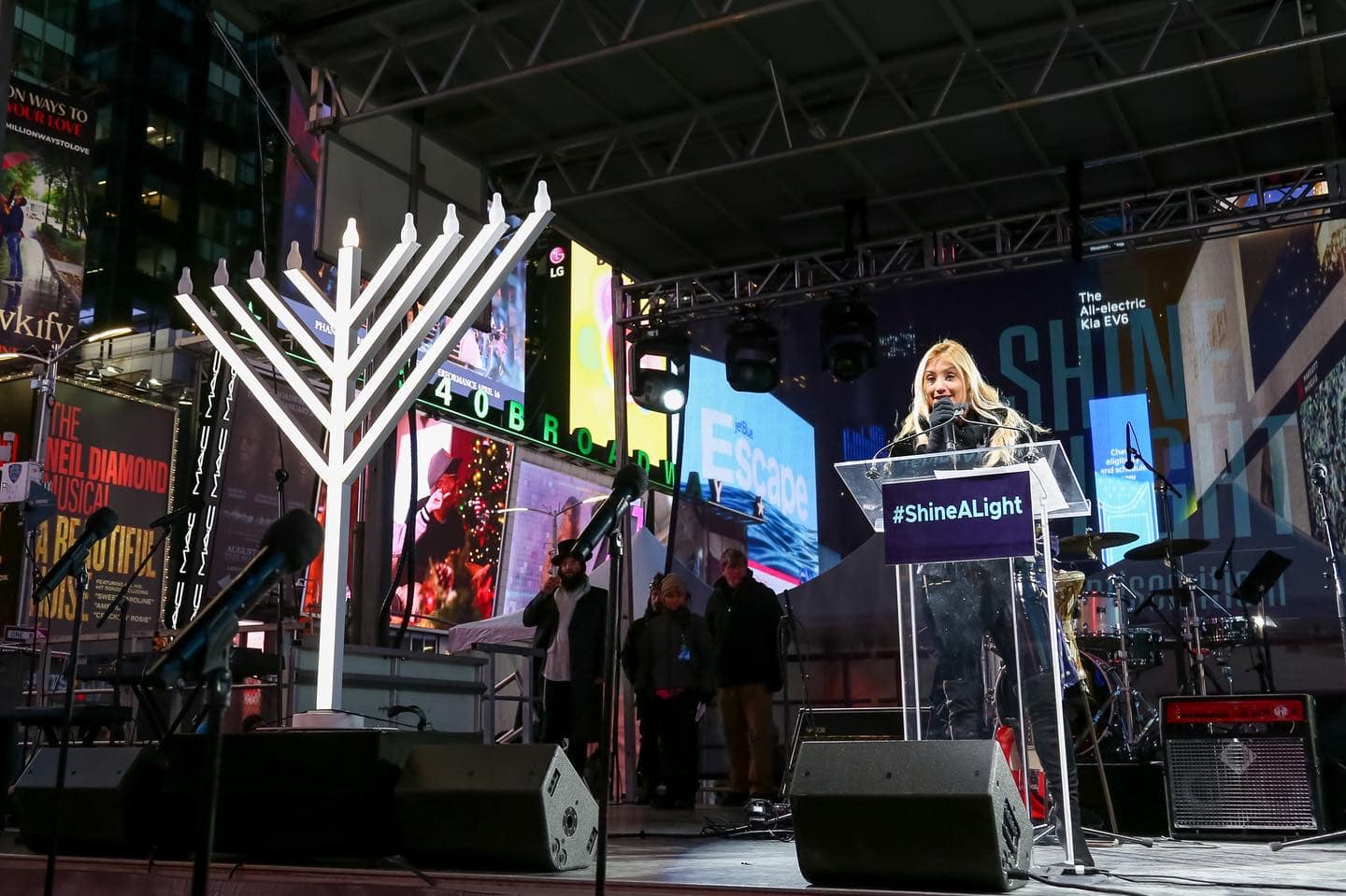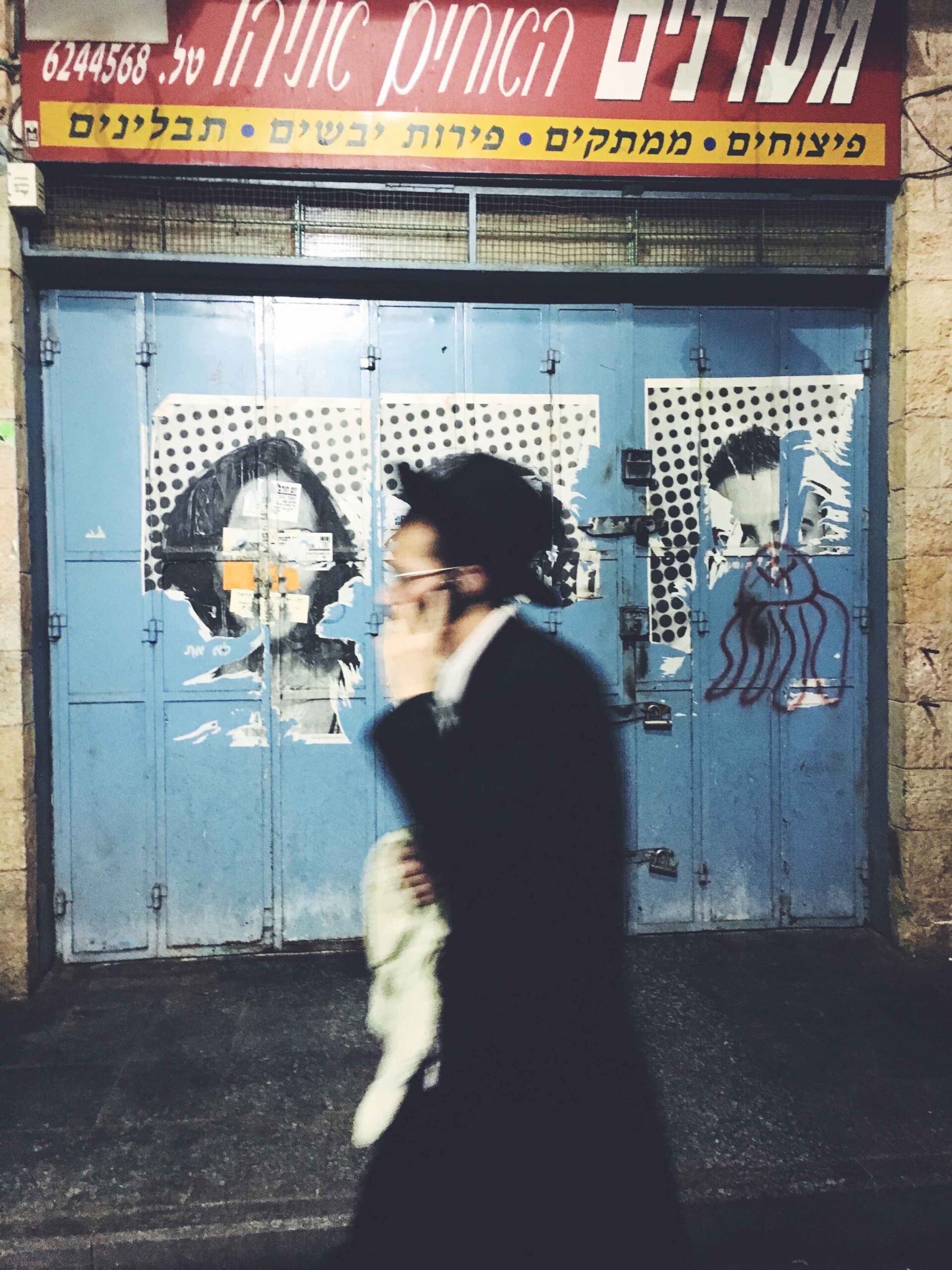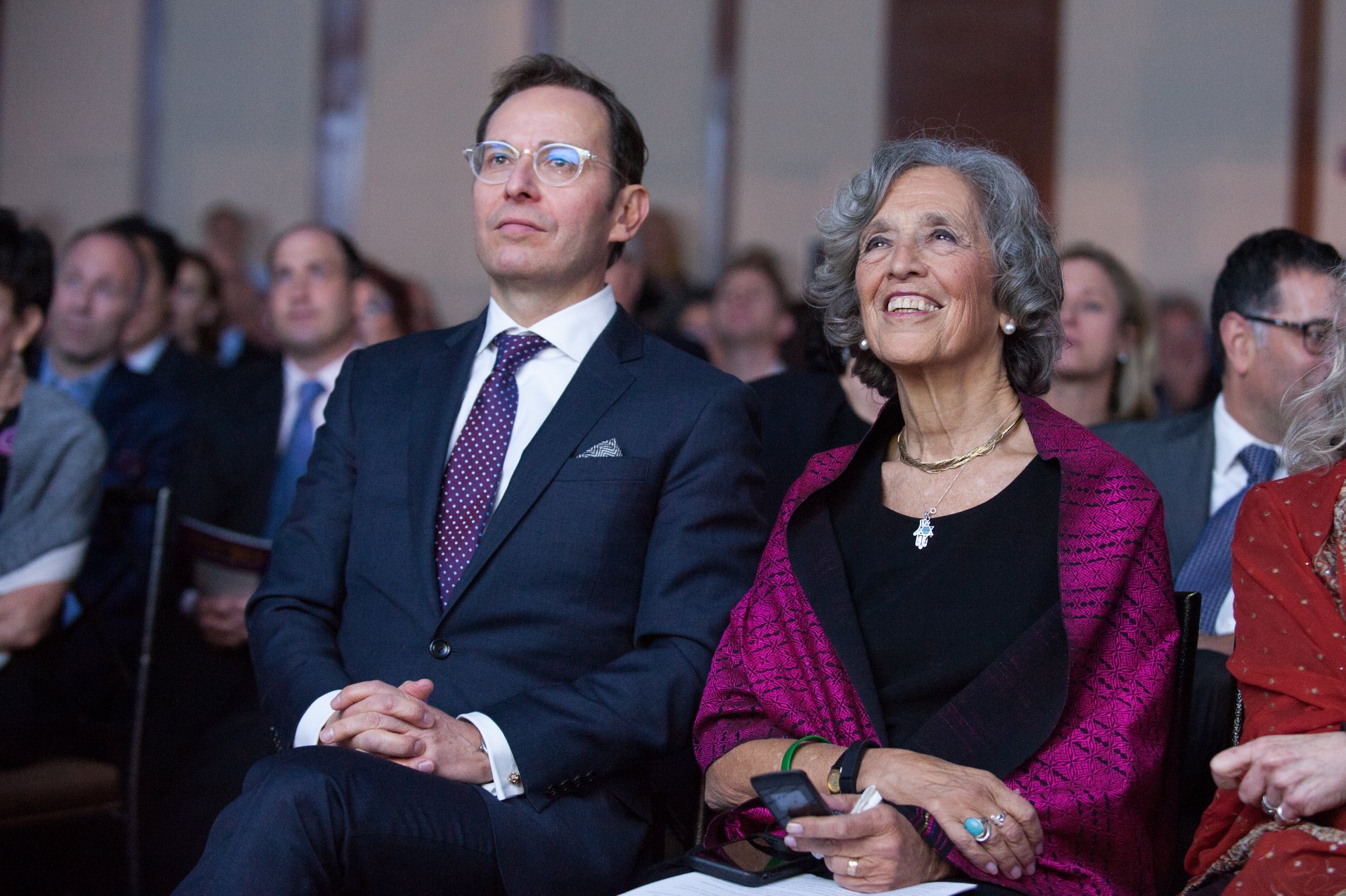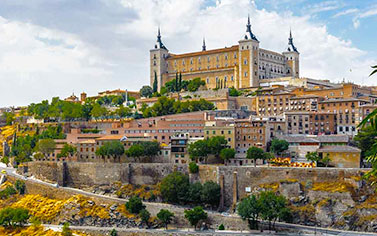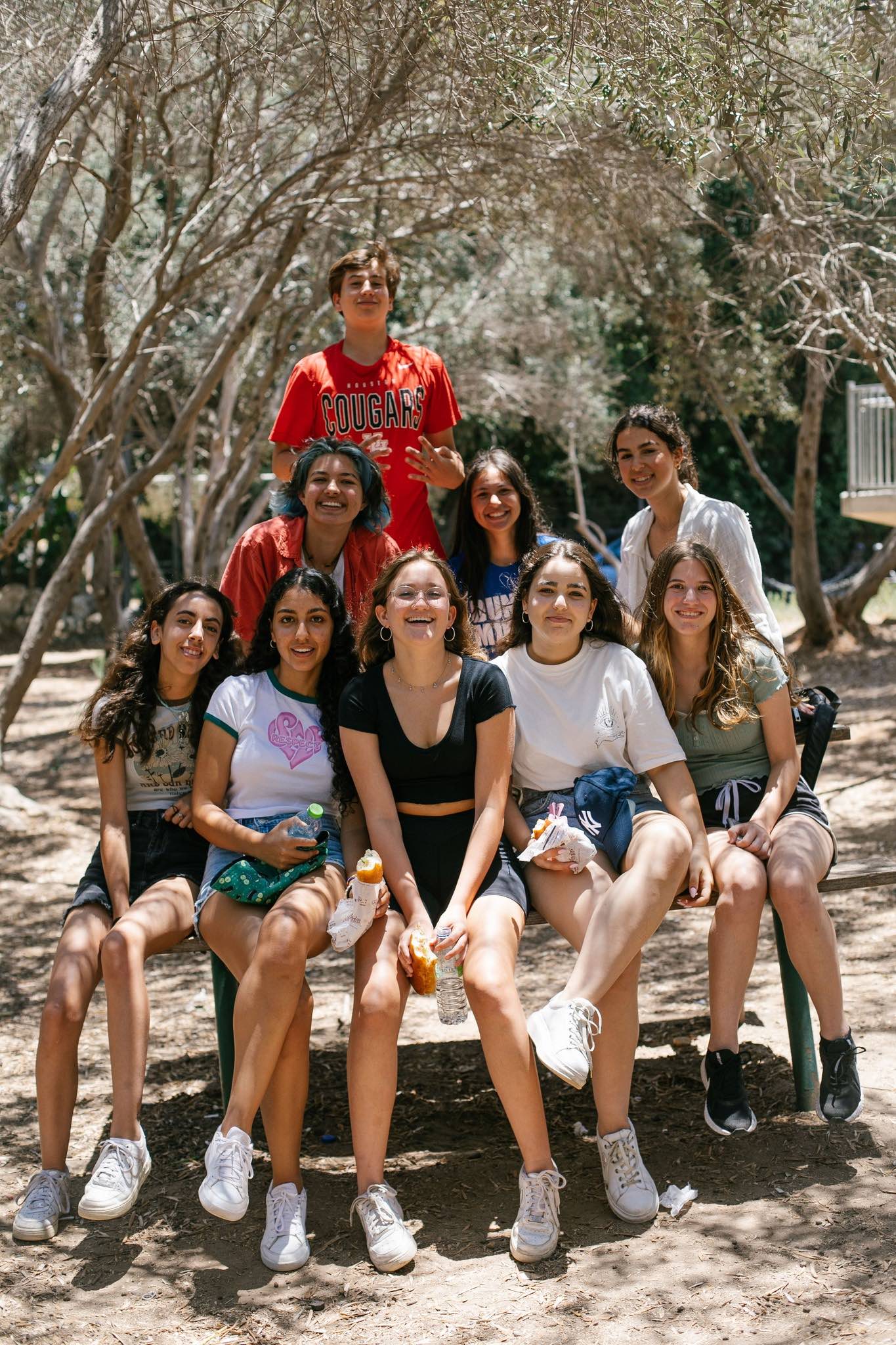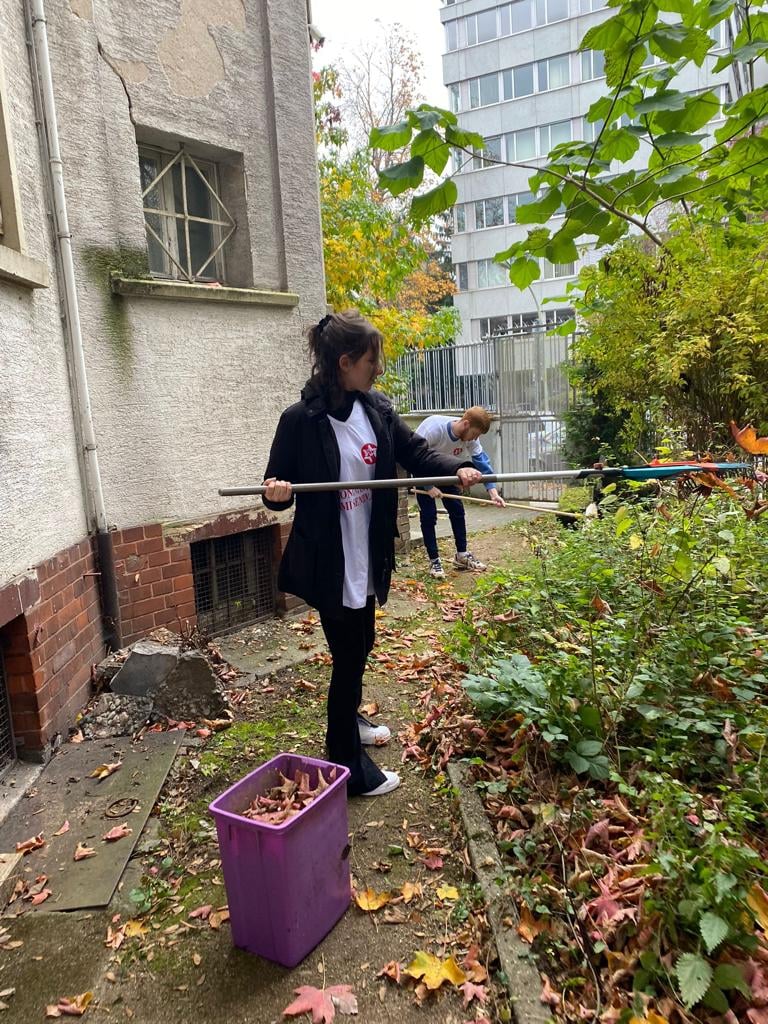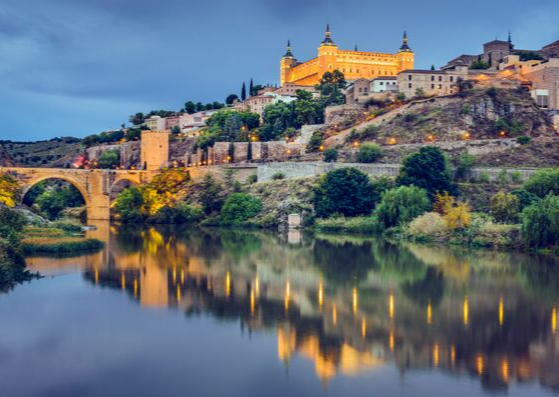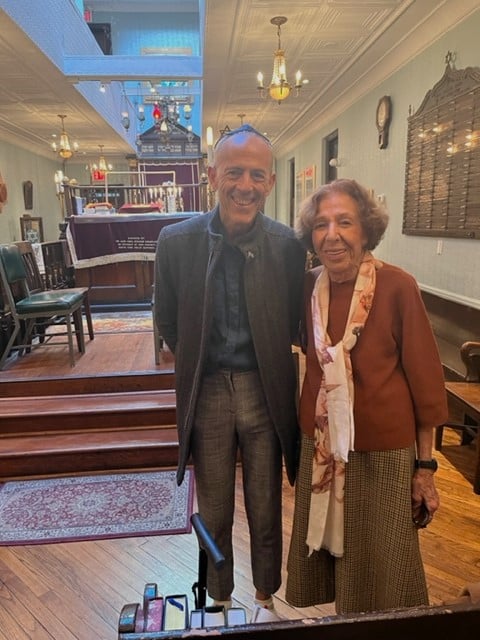Our mission is to help people, especially those in the church, to understand and embrace their biblical role with regard to Israel. Our tours are enlightening and life transforming! You will enjoy traversing a land with a rich and vibrant history while discovering the deep roots of God’s Divine plans and purposes for the Jewish people.
C4i seeks to offer you much more than simply a safe and affordable trip to the Holy Land. You will receive strong biblical teaching even as you walk in the footsteps of prophets, apostles and our Saviour. This will be an experience you will cherish forever!
Archives: Directory listings
Directory listings
HIAS
Volunteers play an integral role in HIAS’ efforts to help refugees and asylum seekers in the U.S. and abroad. Whether you are an experienced educator or attorney, have language skills, or are interested in sharing what you love about your community with newcomers, we invite you to learn more about volunteer opportunities near you.
UJA Federation- New York
UJA offers trips year-round to fantastic destinations – including many you wouldn’t expect. Join a local Jewish community for Shabbat dinner in Havana, Amsterdam, or Mumbai; experience the vibrancy of Israel and other breathtaking destinations in the Middle East, including Jordan and Egypt; form lasting friendships over drinks in Moscow, in the mountains of the Balkans, or in the warm night air of South Africa.
Get in touch with your Jewish philanthropy by learning from experts on the ground: local rabbis, foreign dignitaries, aid workers. Explore new communities with a freedom of access that only UJA’s resources can provide. Make lifelong friends as you discover a new country and open new doors in your relationships. Traveling with UJA means becoming a more active member of the global community.
Kivunim
The KIVUNIM Institute believes that education, and particularly Jewish education, must take place within a context of lofty goals and aspirations filled with optimism, tempered by reality and encouraged by the understanding that words have power and that betterment of the world is the central goal of the Jewish people and its religious and national tradition. Programs of The KIVUNIM Institute have as their central goal the active interpretation of the past and understanding of the present in order to build and insure the future.
American Jewish World Service
Meet with extraordinary activists, journalists, academics and elected officials to understand the impact of AJWS’s international work. You’ll experience how people on the frontlines are tackling some of the world’s most pressing problems—poverty, AIDS, violence, rape, and genocide—to transform their own communities.
Jewish Heritage Alliance Travel
Jewish Heritage Alliance invites you to join our first post pandemic all-inclusive specially designed travel experience to Portugal (extension to Spain) where we bring the Sefarad legacy to life.
RootOne
RootOne LLC helps thousands of Jewish teens travel to Israel each summer for a once-in-a-lifetime experience. RootOne is an ambitious initiative, seeded by a generous gift from The Marcus Foundation and powered by The Jewish Education Project
Shalom Corps Network
Shalom Corps’ mission is to empower a global Jewish volunteer network involved in meaningful and significant volunteerism that engages participants in Jewish service-learning experiences. We believe that authentic, needs-driven service can have a transformative impact on vulnerable populations around the world, and on young Jews looking to make a difference. Shalom Corps Ltd. is a non-profit organization established by Mosaic United (a collaborative program of the Government of Israel and the Ministry of the Diaspora) and the Jewish Agency for Israel. We’re very excited to have our Local Community Impact Initiative underway. This new model involves 25 local projects, and has allowed volunteers around the world to take part in meaningful service despite the challenges of the Covid-19 Pandemic. Join our movement, move with us!
Nora Kaplan Sephardic Community Tours
Nora Kaplan Learn-in-trips started in 2009 as a family business in Salamanca, Spain, where after moving from South America, Nora with her husband Victor Mizrahi and son Sebastian founded a company specializing in language studies and cultural trips abroad. At the beginning of the pandemic, when physical traveling became almost impossible, Sebastian co-founded Qesher with Dora Koranyi, an initiative that features weekly virtual tours about the different Jewish communities from around the world.
It was during this period that a close collaboration started between Qesher and Moises Hassán-Amselém, scholar and owner of Jewish Spain Tour, a travel agency with more than 15 years of experience in the field. Moises has been one of Qesher’s main speakers on the subject of Sephardic Jewry. Learn-in-trips is proud to present the result of its cooperation with Qesher and Jewish Spain Tour: an all-inclusive journey through the main highlights of the Golden Age of Spanish Jewry.
Kehila Kedosha Janina
Reconnect with your heritage and experience Rosh Hashanah in Rhodes and Yom Kippur in Ioannina.
